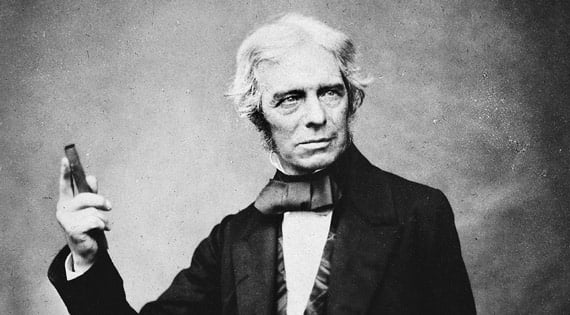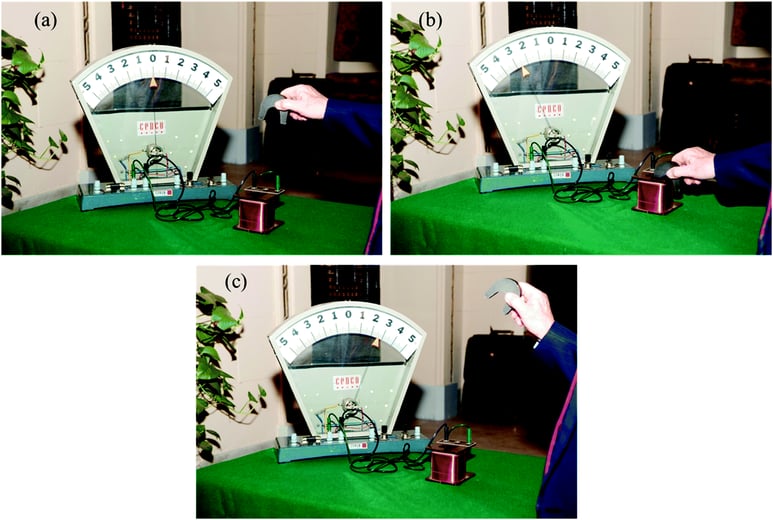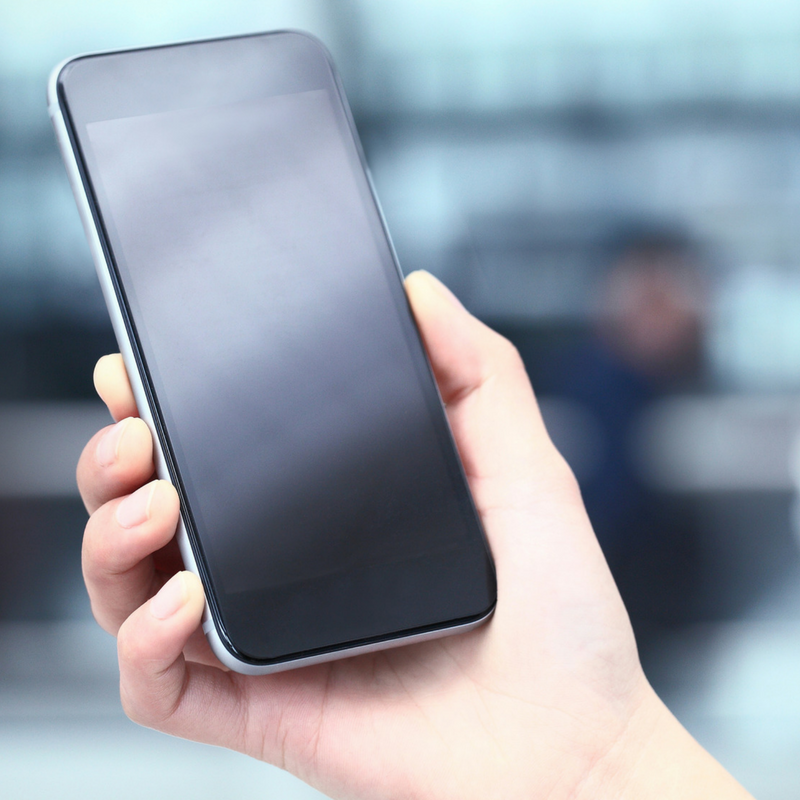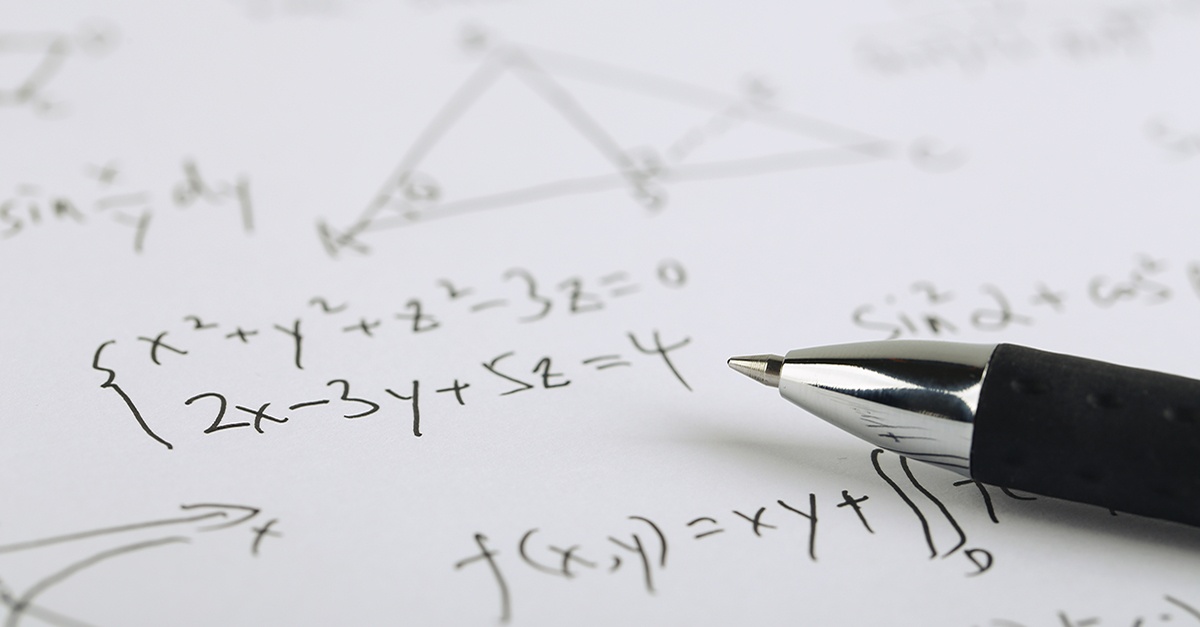What Your Students Should Know About Michael Faraday

Michael Faraday was a 19th century British scientist that made major contributions in the area of chemistry and physics. The son of a blacksmith, Faraday had limited education, working as a bookbinder’s apprentice, but had a keen interest in the natural sciences. This interest was given clear direction after attending a lecture on electrochemistry by Humphry Davy of the Royal Institute. After the lecture, Faraday asked Davy for a job, which he was later granted. It was in this position that Faraday conducted his most famous experiments.
Faraday initiated a lecture series that was described as “a sparking stream of eloquence and experimental illustration.” A key component of his lectures were demonstrations of physical phenomena. The most well-known being his demonstration of the physics of a candle flame, which formed the basis of Faraday’s book, The Chemical History of a Candle.
We've put together a collection of 10 popular physics demonstrations to do in your class, read more below.
Faraday’s most practical discovery was electromagnetic induction, which formed the backbone of electric engineering and the theoretical basis for a number of modern chemical medical instruments, such as NMR spectrometers and Magnetic Resonance Imaging (MRI).

An illustration of electromagnetic induction
Building on this principle, Faraday developed the concept of a magnetic field, which he demonstrated by “the way that iron filings on a sheet of paper arrange themselves in a pattern of lines about a magnet”. As Dr. J. Thomas Dickinson from Washington State University notes, this concept and later experiments conducted to further elaborate it were fundamental not only to the characterization of light as an oscillating electromagnetic spectrum, but also underpinned Einstein’s general theory of relativity.
Today we celebrate the 226th birthday of Michael Faraday, whose experimentation led to the development of the modern electric motor, generator, and transformer. It’s no stretch to say that his work served as a foundation for the development of many inventions that we rely on today, and inspired countless other scientists to create new technologies. Take a few moments to share his story with your students, and inspire a new generation of inventors and world changers!



